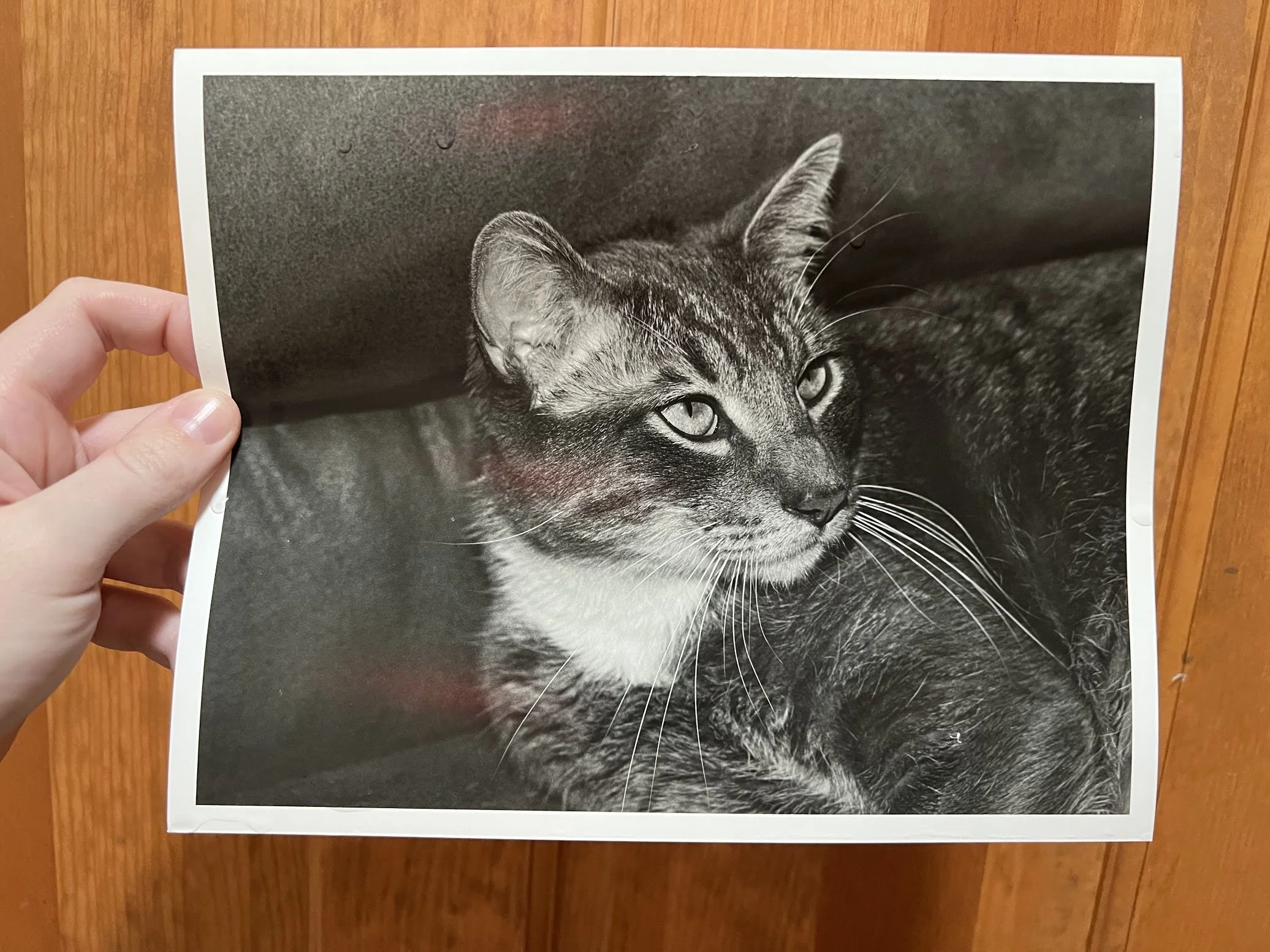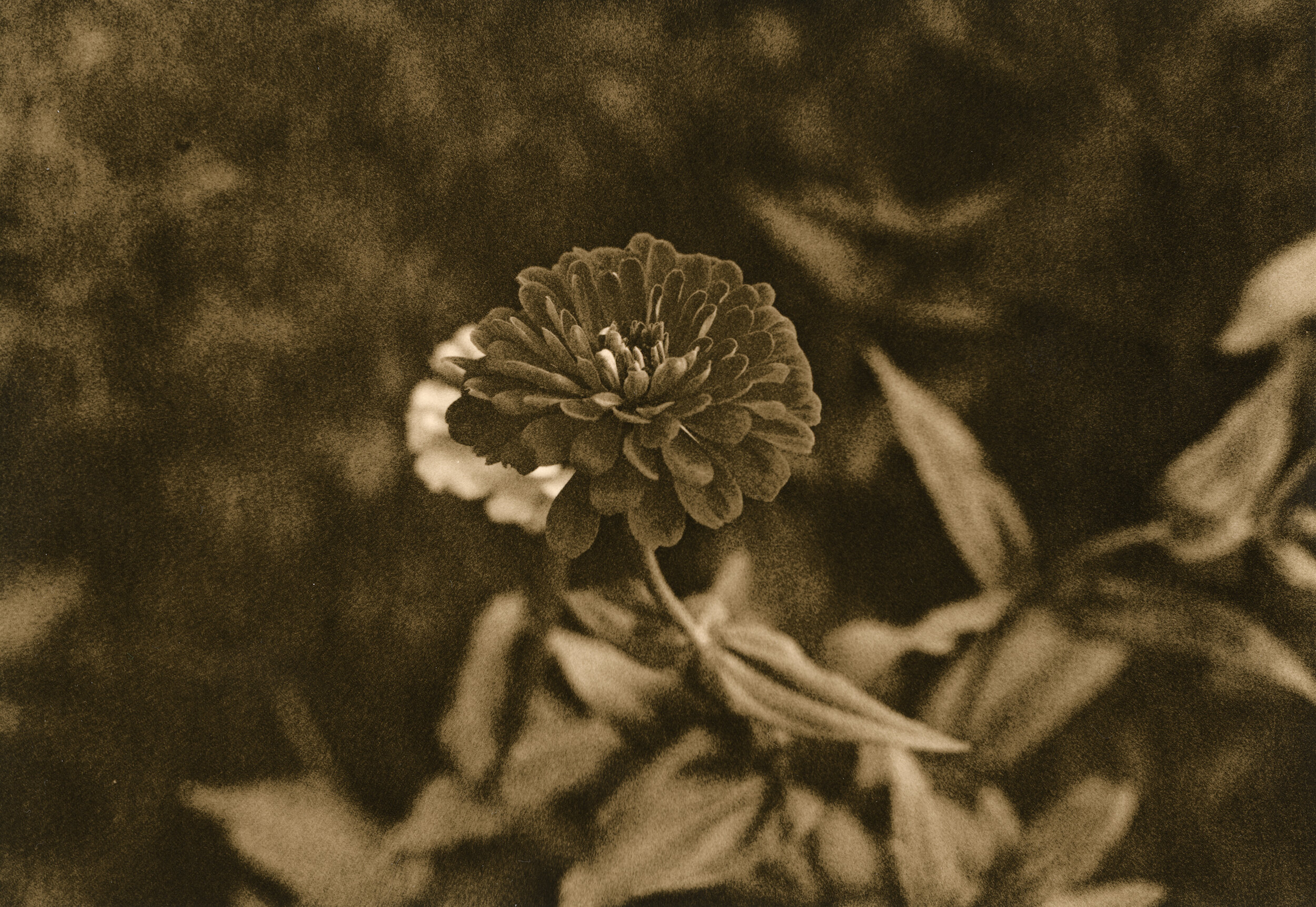Hi, just wanted to give a small update to make sure I’m not being too silent on here.
I’ve been doing a series of fairly deep dives into technical research and experimentation lately. The results of this tend to be boring and difficult to discuss much of, but I’ll give a small summary of each project.
I’m working on lith developer formulation and going into a wild new direction. I’m trying to find a suitable sulfite sequestering agent to replace formaldehyde. This has been a rather intense challenge thus far. Acetone DOES work, but the amount required is prohibitive due to the obnoxious odor. I’ve been testing other aldehydes and ketones and combinations to try to increase the potency of acetone, but the ability for these to self-react in alkali has made this a difficult topic to really get a firm grasp on.
I’m also working on general lith developer additives. I have 2 potential additives thus far, both non-toxic and not difficult to source. One is a potential activity increaser and/or sulfite sequestering agent which is not an aldehyde or ketone. The other is a “coloring agent”, specifically it can cause lith developer to produce unique red and pink tones. It does not have this effect in non-lith developers tested. The biggest issue is that there is almost no research of using this chemical in any developer, and it has a tendency to produce fog on many but not all papers and seems to be a potent silver solvent and “displacer”.
Finally, I’m doing a little bit of research on ECN-2 processing technique and alternate processings. I’m wanting to make sure I have a reliable way to remove remjet before shooting anymore ECN-2 film than I already have backlogged. I also would like to create a “hybrid” processing method for ECN-2 which is aimed to produce increased speed, low color saturation, and excellent ability to push develop. Alt processing results thus far has shown some potential, but contrast was too high and color balance was too wonky.
I’m preparing for an extended trip to California later this month where I’ll finally start getting back into real “high effort” photography again. So there won’t be another update on any of this anytime soon, but just know I’m continuing to work and research. I am tossing around the idea of commercialization for some very select formulas, especially GVM1. I’ve also been doing some research of how to go about actually doing that. Unregulated shipping I think I can manage for GVM1, but for many other formulas seems much less clear. How to mix in a more bulk style is not something I’m geared up for, but can likely tackle for prototype runs like what I’m envisioning right now. Later I’ll post and send out a survey for interested parties to be able to express interest and request a sample of some formulas which are known to not be shipping hazards. Keep an eye out for that, but for this month I expect things will be slow on the chemistry front.







